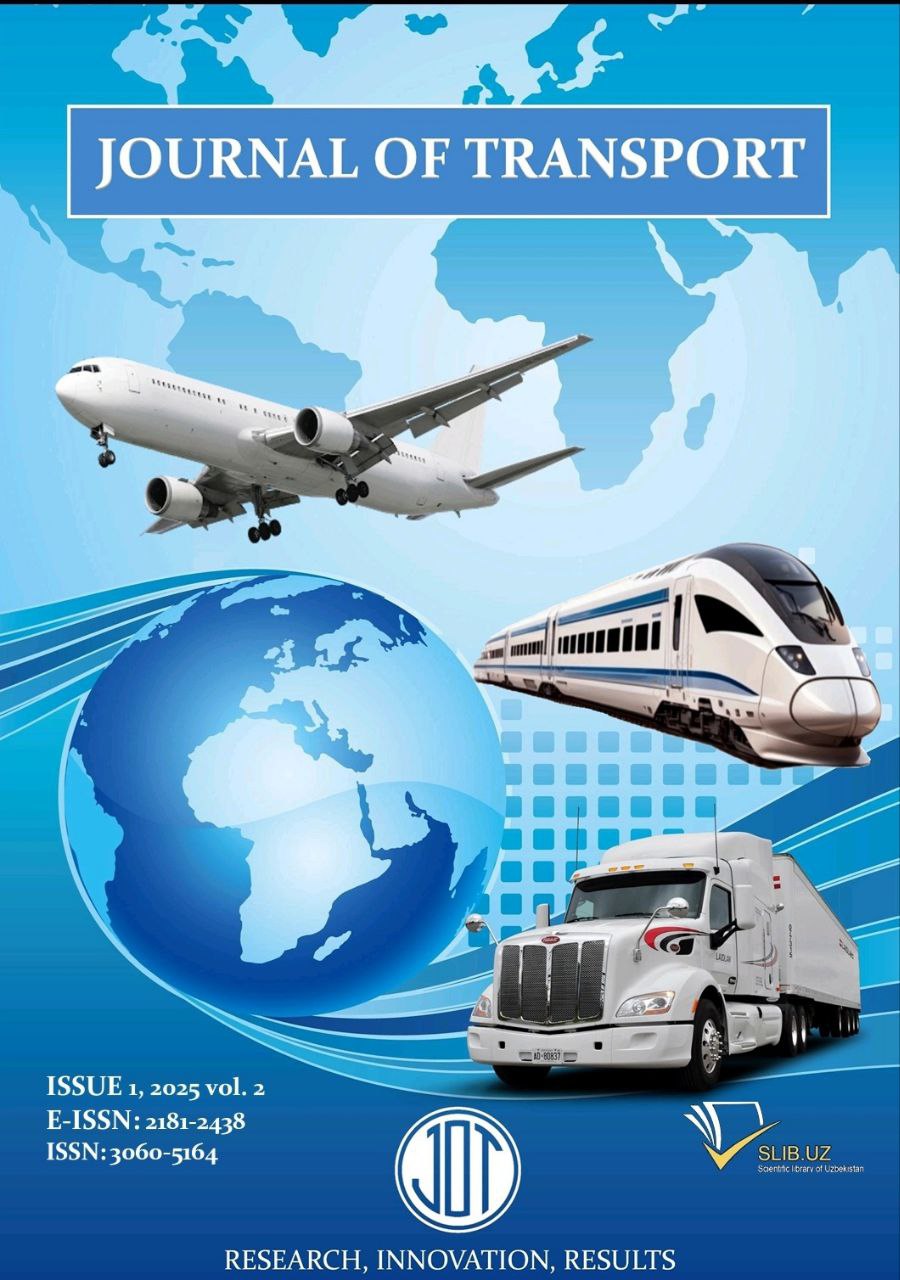Improvement of the technology for preparing a sand mold and a rod mixture for casting a D49 type diesel engine cover from high-strength cast iron
Abstract
This article highlights the issues of improving the technology for preparing a sand mold and rod mixture for casting a D49 type diesel engine cover from high-strength cast iron. In the research process, the composition of mold and rod mixtures, their physical and mechanical properties, and technological indicators were thoroughly studied, and their optimal composition was determined through practical tests. In particular, the following raw materials were used in the preparation of mold and rod mixtures: Zircofluid 3139 KBV (anti-burn coating based on zirconium silicate and isopropanol), T03 hardener, Alfabond 6 resin, quartz sand (98-100%), treated with Novanol 165 (5-6%), liquid glass (10-12%), and technical water (2%). High-activity binders were used in the rod mixture, which ensured the precise and smooth shape of the casting. As a result of the conducted research, effective technological solutions have been developed that allow obtaining high-quality and durable casting products.
References
[2] Kren, A.P. Determination of the Strain-Hardening Exponent of a Metallic Material by Low-Speed Impact Indentation / A.P. Kren, V. A. Rudnitskii // Russian Metallurgy (Metally). – 2019. – №. 4. – P. 478–483. DOI: 10.1134/S0036029519040220.
[3] U. T. Rakhimov, N. K. Tursunov, and S.E. Tursunov. “Improvement of production technology for spheroidal graphite cast iron with increased strength” American Institute of Physics Conference Series. Vol. 3045. No. 1. 2024.
[4] Rakhimov, U., & Tursunov, N. (2023). Development of technology for high-strength cast iron for manufacturing D49 head of cylinder. In E3S Web of Conferences (Vol. 401, p. 05013). EDP Sciences.
[5] Tursunov, N.K., Semin, A.E., Sanokulov, E.A. Study of dephosphoration and desulphurization processes in the smelting of 20GL steel in the induction crucible furnace with consequent ladle treatment using rare earth metals. Chernye Metally, 2017; (1): 33–40.





